Home>Storage Ideas>Living Room Storage>Living Room Light Ideas: 16 Design Rules For A Bright Lounge
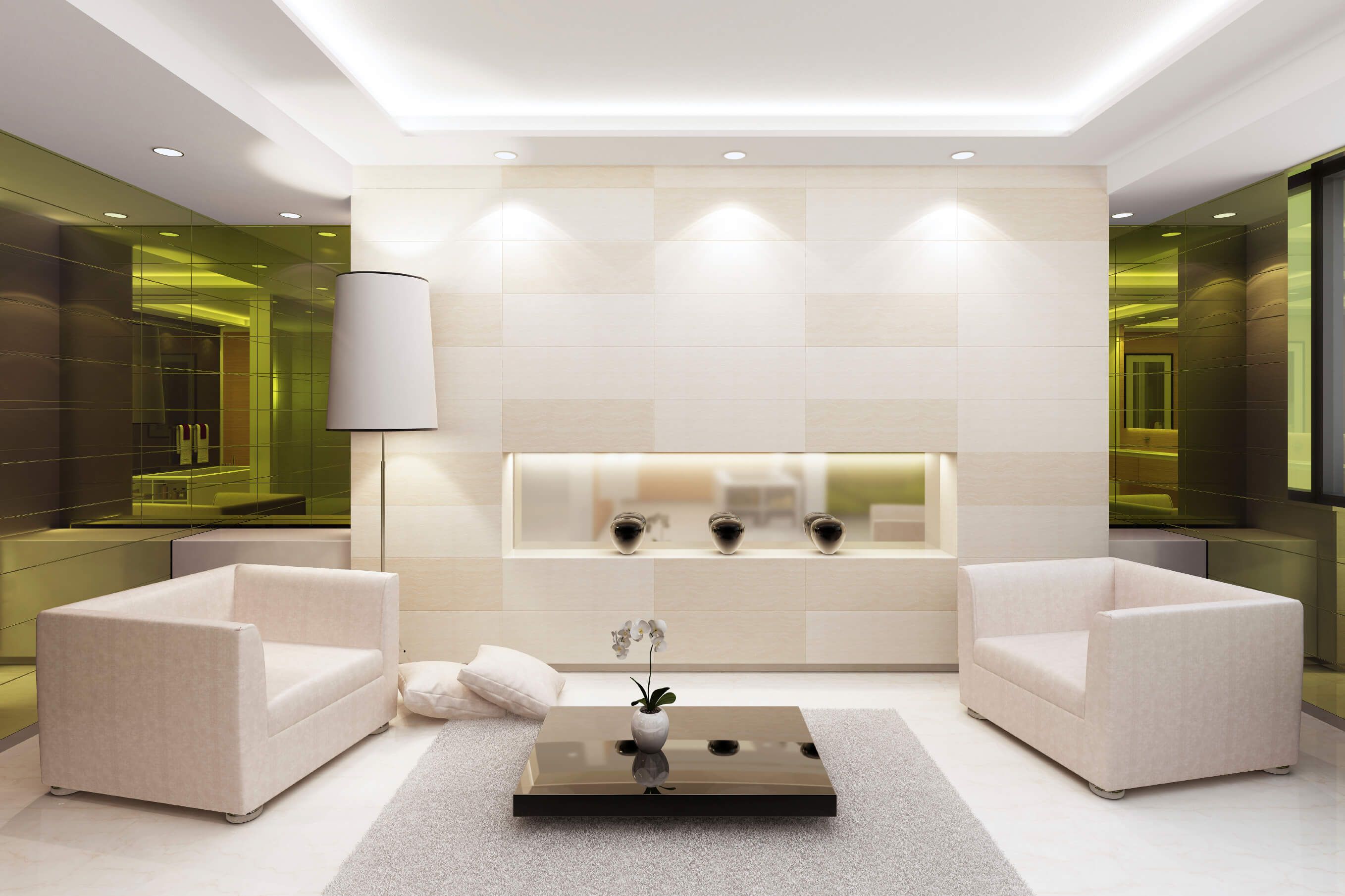

Living Room Storage
Living Room Light Ideas: 16 Design Rules For A Bright Lounge
Modified: January 19, 2024
Discover 16 essential design rules for creating a bright and inviting living room. Transform your lounge with these light living room ideas and optimize your space with smart living room storage solutions.
(Many of the links in this article redirect to a specific reviewed product. Your purchase of these products through affiliate links helps to generate commission for Storables.com, at no extra cost. Learn more)
Introduction
Welcome to the world of light living room design! Whether you have a small lounge or a spacious living area, creating a bright and airy atmosphere can instantly transform the look and feel of your space. A light-filled living room not only makes the room appear larger but also promotes a sense of calm and tranquility.
In this article, we will explore 16 design rules that will help you achieve a bright and inviting living room. From color choices to furniture placement, we will cover a range of tips and tricks to maximize natural light and create a visually pleasing space. So, let’s dive in and discover how to bring light and life into your living room!
Key Takeaways:
- Embrace light-colored upholstery, accents, and reflective surfaces to create a bright and airy living room. Incorporate minimalism, optimize furniture placement, and maintain cleanliness for a tranquil and inviting space.
- Maximize natural light, use light-colored flooring and window treatments, and integrate plants for a fresh and vibrant living room. Incorporate mirrors, declutter regularly, and choose light, neutral colors for a serene and open atmosphere.
Read more: What Light Bulb For Living Room
Use Light, Neutral Colors
When it comes to creating a light living room, the first and most crucial design rule is to choose light and neutral colors for your walls. Shades like white, cream, beige, and pastels can help reflect natural light, making your space appear brighter and more open.
Neutral colors not only make the room feel more spacious, but they also provide a blank canvas for you to experiment with different furniture and decor styles. To add depth and interest to your living room, consider using different shades of the same neutral color or incorporating subtle patterns like stripes or geometric designs.
When selecting your furniture, opt for pieces in complementary neutral tones. This will maintain a cohesive look while allowing other elements in the room, such as artwork or decorative accessories, to stand out.
Remember, light and neutral colors are not limited to just the walls and furniture. Extend this color scheme to your curtains, rugs, and even the trimmings and accents in the room. By doing so, you create a harmonious and well-balanced space that feels light and airy.
Incorporating pops of color is also an option. By adding splashes of vibrant hues through pillows, artwork, or accessories, you can create a focal point and add visual interest without overwhelming the room’s overall lightness.
Overall, using light and neutral colors as the foundation of your living room’s design will create a fresh and bright atmosphere, allowing you to easily incorporate other design elements into your space.
Maximize Natural Light
Natural light is the key to creating a bright and inviting living room. It not only enhances the aesthetics of the space but also has a positive impact on our mood and well-being. Here are some tips to maximize the amount of natural light in your living room:
- Clear the Window Space: Ensure that your windows are clean and free from any obstructions. Remove heavy curtains or blinds that block natural light from entering the room. Opt for lighter window treatments like sheer curtains or light-colored blinds that allow maximum light penetration.
- Trim Nearby Trees or Shrubs: If you have trees or shrubs near your windows, make sure to trim them regularly. Overgrown foliage can create shadows and hinder the flow of natural light into your living room.
- Utilize Light-Filtering Window Film: If your living room is overlooked by neighboring buildings or if privacy is a concern, consider using light-filtering window film. This film allows natural light to enter the room while maintaining privacy during the day.
- Position Furniture Wisely: Arrange your furniture in such a way that it does not block the path of natural light. Avoid placing tall or bulky furniture in front of windows as they can obstruct the light and make the room feel darker.
- Reflect Light with Mirrors: Place mirrors strategically across from windows to bounce natural light around the room. Mirrors not only create the illusion of more space but also enhance the brightness of the living room by reflecting light.
- Keep Window Treatments Open During the Day: Make it a habit to open your curtains or blinds during daylight hours. This allows natural light to flood the room and creates a welcoming and cheerful atmosphere.
- Consider Skylights or Light Tubes: If your living room is lacking in natural light, consider installing skylights or light tubes. These architectural features bring additional sunlight into the room, making it feel more spacious and airy.
By implementing these strategies, you can maximize the natural light in your living room, creating a bright and uplifting space that you’ll love spending time in.
Choose Light-Colored Flooring
The flooring in your living room plays a significant role in creating a light and airy atmosphere. Opting for light-colored flooring can instantly brighten up the space and make it feel more spacious. Here are some popular options for achieving a light and airy floor:
- Light Hardwood Flooring: Hardwood floors in shades like oak, maple, or bamboo can add warmth and sophistication to your living room while also reflecting light. Light-colored hardwood floors not only help brighten the room but also create a timeless and classic look.
- Light Laminate or Vinyl Flooring: If you’re on a budget or prefer a low-maintenance option, laminate or vinyl flooring in light shades can be a great choice. These flooring materials mimic the look of hardwood but are generally more affordable and resistant to moisture, making them suitable for high-traffic areas.
- White or Light-Colored Tiles: Tiles are a practical option for living rooms, especially in warmer climates. Consider white or light-colored tiles to create a clean and fresh aesthetic. You can also experiment with different patterns or textures to add visual interest to the flooring.
- Light Carpeting: Although carpeting may not be as popular as hardwood or tile flooring, it can still contribute to a light and airy living room. Choose a light-colored carpet in a low pile or textured design to add warmth and comfort to the space.
When selecting your flooring, keep in mind that it should complement the overall color scheme of the living room. Light-colored flooring not only reflects natural light but also serves as a neutral base that allows other design elements to take center stage.
In addition to the color, consider the material’s texture and finish. Smooth or glossy finishes tend to reflect more light, amplifying the room’s brightness. Ultimately, choose flooring that aligns with your style preferences, lifestyle, and maintenance needs.
Light-colored flooring can be a game-changer in creating a light and airy living room. It sets the foundation for the overall design and helps create a visually appealing and inviting space.
Opt for Light, Airy Window Treatments
The window treatments you choose for your living room can have a significant impact on the overall lightness and airiness of the space. Here are some tips for selecting light and airy window treatments:
- Sheer Curtains: Sheer curtains are a popular choice for creating a light and ethereal feel in the living room. They allow natural light to filter through while still providing a level of privacy. Choose sheer curtains in light colors to maximize the brightness of the room.
- Light-Colored Blinds or Shades: If you prefer a more structured window treatment, opt for light-colored blinds or shades. These can be adjusted to control the amount of natural light entering the room while still maintaining a bright and open ambiance.
- Avoid Heavy Fabrics: Heavy drapes or curtains can weigh down a living room, making it feel dark and cramped. Instead, choose light and breathable fabrics like linen or cotton for your window treatments. These fabrics allow light to pass through and create a breezy and relaxed atmosphere.
- Consider Top-Down/Bottom-Up Shades: Top-down/Bottom-up shades provide versatility in light control. You can lower them from the top to allow natural light into the room while maintaining privacy. This design also allows you to raise them from the bottom for a clear view outside.
- Layer Window Treatments: For added depth and visual interest, consider layering your window treatments. Combining sheer curtains with blinds or shades not only provides flexibility in light control but also adds texture and dimension to the windows.
- Simple Window Hardware: Keep the hardware for your window treatments minimal and unobtrusive. Opt for thin, light-colored curtain rods or sleek blinds. This will prevent the window treatments from overpowering the space and keep the focus on the natural light flowing into the room.
When selecting your window treatments, take into consideration the size and shape of your windows, as well as the overall style of your living room. The goal is to enhance the light and airy feel of the space while complementing the rest of your design elements.
Light and airy window treatments can make a significant difference in the overall ambiance of your living room. They allow natural light to be the star of the show, creating a bright and welcoming atmosphere that you’ll love spending time in.
Incorporate Mirrors
Including mirrors in your living room design is an effective way to enhance the brightness and openness of the space. Mirrors not only reflect light but also create the illusion of a larger room. Here are some tips on how to incorporate mirrors into your living room:
- Strategic Placement: Position mirrors across from windows to maximize the reflection of natural light. This will help bounce light around the room, making it feel brighter and more inviting.
- Opt for Large Mirrors: Choose larger-sized mirrors to make a bold statement and create a focal point in the living room. A large mirror can also visually expand the space and make it feel more open.
- Mirror Wall: Consider creating a mirror wall by arranging multiple smaller mirrors in a grid pattern or in a clustered arrangement. This not only amplifies the light reflection but also adds a decorative element to the room.
- Statement Mirrors: Explore unique and decorative mirror designs that can become a centerpiece in your living room. Ornate frames or interesting shapes can add visual interest and become a conversation starter.
- Leaned Mirrors: Lean a tall, full-length mirror against a wall to create a stylish and modern look. This not only adds a sense of depth to the room but also reflects light from different angles.
- Mirrored Furniture: Incorporate furniture with mirrored surfaces, such as coffee tables, cabinets, or side tables. Mirrored furniture not only reflects light but also adds a touch of glamour and sophistication to the space.
By strategically placing mirrors in your living room, you can make the most of natural light while adding a visually stunning element to the decor. Experiment with different mirror shapes, sizes, and placements to find the perfect combination that suits your style and enhances the overall brightness of your living room.
Remember, mirrors not only bring practical benefits but also have a decorative impact on your living room. They can reflect the beauty of other design elements, such as artwork or plants, creating a harmonious and balanced space.
Embrace Minimalism
When aiming for a light and airy living room, embracing minimalism is key. Minimalist design focuses on simplicity, clean lines, and a clutter-free environment. Here are some tips for incorporating minimalism into your living room:
- Declutter: Start by decluttering your living room and getting rid of any unnecessary items. Keep only the essentials and find designated storage solutions for everything else. Removing excess clutter allows the space to breathe and creates a sense of openness.
- Simplified Furniture: Choose furniture with clean lines and a minimalist aesthetic. Opt for pieces that are visually light and do not overwhelm the space. Avoid bulky furniture or unnecessary decorative elements, as they can make the room feel crowded and heavy.
- Open Space: Allow for open space in your living room layout. Leave areas of the floor uncovered and avoid overcrowding the room with furniture. This not only makes the space feel more spacious but also allows for better movement and flow.
- Neutral Color Palette: Stick to a neutral color palette when it comes to your walls, furniture, and decor. Light and muted tones create a sense of calm and simplicity. Incorporate pops of color sparingly and strategically to maintain the overall lightness of the room.
- Intentional Decor: Choose a few select decor pieces that serve a purpose or have personal significance. Avoid overcrowding surfaces with too many decorative items. Opt for statement pieces that add visual interest, but do not overpower the space.
- Hidden Storage Solutions: Invest in furniture with hidden storage compartments to keep clutter out of sight. This helps maintain a clean and organized living room while maximizing the available space. Utilize shelves, baskets, and drawers to store items neatly.
By embracing minimalism in your living room design, you create a sense of calm and tranquility while maximizing the feeling of lightness and openness. The focus on simplicity allows the natural light to take center stage and enhances the overall aesthetic appeal of the space.
Remember, minimalism is not about having an empty room, but rather about intentional design choices and creating a clutter-free environment that allows you to fully appreciate the beauty of your living room.
Keep Furniture Lightweight and Open
In a light living room, the choice of furniture is crucial in creating an airy and spacious feel. To achieve this effect, it is important to select lightweight and visually open furniture pieces. Here are some tips to keep in mind:
- Slim Silhouettes: Opt for furniture with slim profiles and clean lines. Furniture pieces with sleek designs create a sense of lightness and prevent the room from feeling cramped. Avoid bulky or oversized furniture that can dominate the space.
- Leggy Designs: Furniture with exposed legs helps create a visual openness and a feeling of space. Look for sofas, chairs, and tables with raised legs instead of furniture that sits directly on the floor. This allows light to flow underneath, creating a more open and airy atmosphere.
- Transparent Materials: Consider furniture made from transparent or translucent materials such as glass, acrylic, or Lucite. These materials have a light and ethereal quality that provides a sense of openness. Transparent furniture pieces can also visually expand the space by avoiding visual barriers.
- Multipurpose Furniture: Choose furniture pieces that serve multiple functions to maximize space efficiency. For example, a storage ottoman can be used as a seating option while also providing extra storage space. This reduces the need for additional furniture, keeping the living room light and uncluttered.
- Open Shelving: Instead of bulky closed cabinets, opt for open shelving units to display books, decorative items, or personal collections. Open shelving adds visual interest and prevents the room from feeling heavy or closed off.
- Modular Furniture: Modular furniture offers flexibility and adaptability, allowing you to customize the arrangement to suit your living room’s layout. Pieces that can be easily rearranged or separated provide a lightweight and open feel to the space.
When selecting furniture for your light living room, focus on finding pieces that promote an open and spacious atmosphere. Keep in mind that less is often more, and it’s better to have a few key furniture pieces that contribute to the overall lightness of the room rather than overcrowding the space with too many items.
By choosing lightweight and visually open furniture, you can create a sense of airiness and enhance the flow of natural light in your living room. The result is a bright and inviting space where you can relax and enjoy the beauty of your surroundings.
Utilize Smart Lighting Solutions
Lighting plays a crucial role in creating a light and inviting living room. To enhance the brightness and ambiance, consider incorporating smart lighting solutions. Here are some ideas to make the most out of your lighting:
- Install Dimmers: Dimmer switches allow you to control the intensity of the lighting in your living room. By adjusting the brightness according to your needs, you can create the perfect atmosphere for relaxation or entertaining.
- Use LED Bulbs: LED bulbs are energy-efficient and emit a bright and clear light. They have a longer lifespan compared to traditional incandescent bulbs, which means less maintenance and reduced energy costs.
- Layer Lighting: Create layers of lighting in your living room by incorporating different types of fixtures. Combine ambient, task, and accent lighting to achieve a well-balanced and visually appealing space. Use ceiling lights, floor lamps, sconces, and table lamps to create varying levels of illumination.
- Highlight Architectural Features: Use lighting to draw attention to architectural features in your living room. Install spotlights or wall washers to highlight artworks, textured walls, or unique design elements. This adds depth and visual interest to the space.
- Consider Natural Light Simulation: Some smart lighting systems offer the option to simulate natural light. This can be especially beneficial in spaces with limited access to natural light. Mimicking natural lighting patterns can create a more realistic and inviting atmosphere.
- Use Task Lighting: Incorporate task lighting in areas where additional illumination is needed, such as reading nooks or workspaces. Adjustable desk lamps or floor lamps with directional heads can provide focused light for specific activities.
- Smart Lighting Controls: Invest in smart lighting controls that allow you to set schedules, control brightness, and adjust lighting remotely. Use smartphone apps or voice assistants to easily manage and customize your lighting preferences.
- Create a Lighting Plan: Before installing any lighting fixtures, create a lighting plan to ensure adequate coverage and a cohesive design. Consider the layout and functionality of your living room, and strategically place fixtures to create the desired effect.
By utilizing smart lighting solutions, you can transform the atmosphere of your living room and optimize the use of light. Incorporating dimmers, LED bulbs, and a combination of ambient, task, and accent lighting will help you create a cozy and well-lit environment for any occasion.
Remember to experiment with different lighting combinations and layers to find the perfect balance that suits your living room’s aesthetic and your personal preferences. With smart lighting, you have the flexibility to customize and enhance the ambiance of your living room with ease.
Tip: Use light-colored paint on walls and furniture to create a bright and airy feel in your living room. Opt for sheer curtains to let in natural light, and strategically place mirrors to reflect light around the space.
Read more: Where To Put Chaise Lounge In Living Room
Add Reflective Surfaces
When it comes to creating a light and bright living room, incorporating reflective surfaces can make a significant difference. These surfaces bounce light around the room, amplifying the natural light and creating a sense of openness. Here are some ideas for adding reflective surfaces to your living room:
- Mirrored Furniture: Consider incorporating furniture pieces with mirrored surfaces, such as coffee tables, side tables, or cabinets. Mirrored furniture not only adds a touch of elegance to the room but also reflects light, making the space feel larger and more luminous.
- Glass or Lucite Decor: Decorative items made of glass or Lucite, like vases, picture frames, or sculptures, can create a sense of transparency and lightness. These materials have reflective properties that help spread light throughout the room.
- Chrome or Metallic Accents: Introduce chrome or metallic finishes in your living room through lighting fixtures, decorative accessories, or furniture hardware. These finishes reflect light and add a modern touch to the space.
- High-Gloss Surfaces: Incorporate high-gloss finishes on certain elements in the room such as cabinets, tabletops, or shelves. These glossy surfaces reflect light and create a sleek and contemporary look.
- Mirrored Walls or Panels: If you want to make a bold statement, consider adding a mirrored wall or decorative mirror panels to one or more walls in the living room. Not only do these reflect light, but they also create the illusion of depth and maximize the overall sense of space.
- Polished Floors: Opt for flooring with a polished finish, such as glossy hardwood, polished concrete, or sleek tiles. These reflective surfaces help bounce light around the room, making it appear brighter and more expansive.
- Reflective Artwork: Choose artwork with glossy or metallic finishes. Paintings or photographs with glass frames also have reflective qualities that can enhance the level of light in the room.
By incorporating reflective surfaces into your living room design, you can significantly enhance the brightness and openness of the space. These surfaces not only reflect light but also add visual interest and depth to the room.
Experiment with different types of reflective surfaces and find the right balance that suits your living room’s overall design and style. With the strategic use of mirrors, glass, and polished finishes, you can create a luminous and inviting atmosphere in your living room.
Use Sheer Curtains
When it comes to brightening up a living room and creating an airy atmosphere, sheer curtains are an excellent choice. These lightweight and translucent window treatments allow natural light to flow through while maintaining a sense of privacy. Here’s why you should consider using sheer curtains in your living room:
- Light Diffusion: Sheer curtains gently filter and diffuse natural light, creating a soft and ethereal ambiance in your living room. Unlike heavy drapes, they allow sunlight to enter the room, minimizing the need for artificial lighting during the day.
- Privacy without Sacrificing Light: Sheer curtains offer privacy without completely blocking out light. The thin, translucent fabric maintains a level of openness while creating a barrier from outside view. They allow you to enjoy the beauty of natural light while still protecting your privacy.
- Enhanced Visual Space: Sheer curtains create a sense of spaciousness and visually expand the room. Their light and airy appearance can make a small living room feel larger and more open, while in a larger space, they contribute to a breezy and comfortable atmosphere.
- Versatility in Design: Sheer curtains come in a variety of colors and patterns, allowing you to find the perfect match for your living room’s style. Whether you prefer a minimalist look with neutral tones or want to add a pop of color and texture, sheer curtains offer versatility in design options.
- Easy Maintenance: Sheer curtains are typically made of lightweight fabrics and are easy to maintain. They can be easily removed and machine-washed, ensuring that your living room always looks fresh and clean.
- Layering Possibilities: Sheer curtains are ideal for creating layered window treatments. You can pair them with heavier curtains or blinds to give you the flexibility to control light and privacy throughout the day. Layering also adds depth and texture to the windows, enhancing the overall decor of your living room.
When choosing sheer curtains, consider the length and width of your windows. Opt for curtains that will gracefully drape down to the floor for an elegant and elongated effect. To maximize the diffusion of light, choose light-colored sheers that will enhance the brightness of your living room.
Sheer curtains are a timeless and practical choice for any living room. Their delicate and translucent nature allows natural light to illuminate the space, creating a serene and inviting environment. So, embrace the beauty of sheer curtains and let the light gracefully fill your living room.
Avoid Clutter
When aiming for a light and airy living room, it is essential to keep clutter at bay. Clutter can make a space feel crowded, dark, and visually overwhelming. Here are some tips to help you avoid clutter and maintain a clean and open living room:
- Declutter Regularly: Take the time to declutter your living room on a regular basis. Remove items that are not necessary or do not contribute to the overall aesthetics of the room. Be mindful of what you bring into the space and regularly assess if it truly adds value.
- Designate Storage Spaces: Ensure that your living room has designated storage spaces for everyday items such as remote controls, magazines, and other small accessories. Incorporate storage solutions like baskets, decorative boxes, or wall-mounted shelves to keep these items organized and out of sight.
- Minimalist Display: When it comes to displaying decor items, embrace a minimalist approach. Choose a few key pieces that have meaning or make a statement. Avoid overcrowding shelves and surfaces, as this can create visual clutter. Remember, less is often more in creating a light and airy living room.
- Keep Surfaces Clear: Maintain clear surfaces by regularly tidying up and removing unnecessary items. Keep only a few carefully curated decorative accents to showcase, allowing the main focus to be on the light and space of the room. Avoid placing too many objects on tables, consoles, or countertops.
- Cable Management: Invest in cable management solutions to keep cords and cables neatly tucked away. Exposed wires can create visual clutter and distract from the overall aesthetics of the living room. Use cable clips or cord organizers to keep them hidden and organized.
- Utilize Hidden Storage: Choose furniture pieces that provide hidden storage options, such as ottomans with storage space or coffee tables with hidden compartments. These pieces allow you to store items while keeping them out of sight, contributing to a clutter-free living room.
- Organize Books and Media: If you have a collection of books, DVDs, or other media items in your living room, organize them neatly on shelves or in storage units. Arrange them by category or color for a visually appealing display. Avoid letting them pile up or scatter around the room.
Avoiding clutter is a critical aspect of creating a light and airy living room. By keeping surfaces clear, maintaining organized storage, and embracing minimalism, you can ensure that your living room remains a peaceful and visually appealing space.
Remember, a clutter-free environment allows natural light to fill the room and creates a sense of calm and tranquility. So, commit to regular decluttering and organization to enjoy a bright and welcoming living room that truly reflects your style and personality.
Add Plants and Greenery
Adding plants and greenery to your living room is a fantastic way to bring in natural elements and enhance the light and airy atmosphere. Not only do plants provide a refreshing and vibrant touch to your space, but they also offer numerous benefits, both visually and psychologically. Here are some reasons why you should incorporate plants and greenery into your living room:
- Natural Air Purifiers: Plants naturally filter the air by absorbing toxins and releasing oxygen. This improves the overall air quality in your living room, creating a healthier and more inviting environment.
- Visual Freshness: The lush green foliage of plants adds a burst of color and freshness to your living room. They bring life and vibrancy to the space, making it feel more connected to nature.
- Texture and Visual Interest: Plants come in a variety of shapes, sizes, and textures, allowing you to create visual interest in your living room. Choose plants with different leaf structures and heights to add depth and diversity to the room’s decor.
- Fill Empty Spaces: Plants are an excellent solution for filling empty corners or awkward spaces in your living room. By strategically placing plants in these areas, you can create a more balanced and visually appealing layout.
- Softening Elements: Plants have a way of softening the hard lines and edges of furniture and architectural features. They bring a sense of organic harmony to the space and create a more inviting and comfortable atmosphere.
- Stress Reduction: Studies have shown that being around plants can reduce stress levels and promote relaxation. Incorporating greenery into your living room can create a calming and soothing environment, making it an ideal retreat from the outside world.
- Increase Humidity: Certain plants release moisture into the air through a process called transpiration. This can help increase humidity levels in dry living rooms, improving the comfort of the space and reducing respiratory issues.
When choosing plants for your living room, consider factors such as natural light availability, humidity levels, and your ability to care for them. Opt for low-maintenance plants that thrive in indoor environments, such as snake plants, pothos, or succulents. If you have limited natural light, there are also plants that thrive in low-light conditions, such as ZZ plants or peace lilies.
Experiment with different plant sizes and arrangements. Use hanging plants, floor plants, or tabletop options to create a layered and dynamic display. Don’t be afraid to mix and match plant varieties to add intrigue and a personal touch to your living room.
By incorporating plants and greenery into your living room design, you not only enhance the light and airy atmosphere but also create a connection to nature and a sense of harmony. So, go ahead and bring the beauty of the outdoors inside!
Optimize Furniture Placement
The way you arrange your furniture can greatly impact the lightness and functionality of your living room. By optimizing furniture placement, you can create a sense of flow and maximize the natural light in the space. Here are some tips for optimizing furniture placement:
- Consider the Room Layout: Take into account the size and shape of your living room when arranging furniture. Measure the dimensions of the space to ensure that your furniture fits proportionally and allows for easy movement.
- Focus on the Focal Point: Identify the focal point of the room, which could be a fireplace, a media wall, or a scenic view. Arrange your furniture to face this focal point, as it anchors the space and creates a natural gathering point.
- Create Conversation Areas: Group furniture pieces in a way that encourages conversation and interaction. Arrange seating in clusters to form cozy conversation areas, while leaving enough space for people to move around comfortably.
- Avoid Blocking Natural Light: Position furniture in a way that doesn’t obstruct the path of natural light. Avoid placing large pieces of furniture directly in front of windows, as this can block the light and make the room feel darker. Instead, position furniture at an angle or consider using low-profile pieces.
- Establish Traffic Flow: Keep in mind the traffic flow in your living room. Ensure that there are clear pathways for easy movement throughout the space. Avoid placing furniture in a way that creates obstacles or makes it difficult to navigate the room.
- Maximize Views: If your living room boasts beautiful views, arrange furniture to take advantage of them. Position seating areas near windows or sliding doors to create a seamless connection between the indoor and outdoor spaces.
- Utilize Corner Spaces: Make use of corner spaces to optimize the layout of your living room. Consider placing a cozy chair or a small table in the corners to create visual interest and make the most of every square inch.
- Experiment with Furniture Angles: Don’t be afraid to experiment with different furniture angles. Angling chairs or sofas can add an interesting dynamic to the room and create a sense of movement and flow.
Remember, the goal of optimizing furniture placement is to create a harmonious and functional living room layout. Take time to assess the space and experiment with different arrangements to find the setup that best suits your lifestyle and maximizes the lightness and flow of the room.
By strategically placing furniture, you can create a welcoming and well-balanced living room that feels open and spacious. So, be mindful of the room’s layout, focus on creating conversation areas, and allow the natural light to be unobstructed for a light-filled and inviting space.
Choose Light-Colored Upholstery
When it comes to creating a light and bright living room, the color of your upholstery plays a crucial role. Choosing light-colored upholstery can instantly transform the look and feel of your space. Here are some reasons why you should opt for light-colored upholstery in your living room:
- Enhanced Brightness: Light-colored upholstery reflects natural light, making your living room appear brighter and more spacious. Lighter hues, such as white, cream, beige, or pastels, have the ability to bounce light around the room, creating a fresh and airy atmosphere.
- Visual Expansion: Light-colored upholstery gives the illusion of increased square footage. Light hues have the power to visually open up the space, making it feel larger and more inviting. This is especially beneficial for small or cramped living rooms.
- Timeless Elegance: Light-colored upholstery exudes a sense of elegance and sophistication. It creates a sophisticated and timeless aesthetic that complements a variety of design styles. Whether your living room has a modern, traditional, or eclectic vibe, light upholstery can seamlessly fit into the overall decor.
- Neutral Base: Light-colored upholstery serves as a neutral base, allowing you to easily change and update your living room’s look. It provides a versatile canvas for incorporating different accent colors and patterns. If you enjoy experimenting with decor, light upholstery allows you the freedom to switch up your style without clashing with existing furniture pieces.
- Easy Maintenance: Light-colored upholstery tends to show less dirt and stains compared to darker fabrics. It is often easier to clean and maintain, making it a practical choice for a busy living room. Regular vacuuming and occasional spot cleaning can keep light upholstery looking fresh and pristine.
- Flexibility in Styling: Light-colored upholstery pairs well with both bold and subtle accent colors. It offers a clean and neutral backdrop, allowing you to introduce pops of color through pillows, throws, and decorative accessories. This versatility gives you the flexibility to evolve your living room’s style according to your tastes and the changing seasons.
When selecting light-colored upholstery, consider the durability and stain resistance of the fabric. Opt for materials that are easy to clean and maintain, such as microfiber or performance fabrics that are designed to withstand daily use.
Additionally, don’t be afraid to mix and match different textures and patterns within your light-colored upholstery. This can add depth and visual interest to your living room while still maintaining its light and airy feel.
By choosing light-colored upholstery for your living room furniture, you can create a fresh and inviting atmosphere. The brightness and elegance that light upholstery brings will instantly transform your space into a haven of light and visual harmony.
Integrate Light-Colored Accents
When designing a light and airy living room, incorporating light-colored accents can enhance the overall brightness and visual appeal of the space. These accents add depth and interest while maintaining a cohesive and airy atmosphere. Here are some tips for integrating light-colored accents in your living room:
- Pillows and Throws: Use light-colored pillows and throws to add a touch of softness and comfort to your living room furniture. Opt for shades like white, cream, pastel, or muted tones. Mix and match different textures and patterns to create visual interest and layers of depth.
- Rugs and Carpets: Choose light-colored rugs or carpets that complement the overall color palette of your living room. Light flooring coverings not only brighten up the space but also visually expand it. Consider textures like jute or seagrass for a natural and earthy feel.
- Artwork and Wall Decor: Display light-colored artwork or wall decor to create a focal point and add visual interest. Choose pieces with a combination of light hues or a single light-colored statement piece to draw attention and brighten up the walls.
- Decorative Accessories: Incorporate light-colored decorative accessories, such as vases, candles, picture frames, or figurines, to add touches of elegance and charm. These accessories blend seamlessly into the overall light and airy aesthetic of your living room.
- Light-Colored Furniture Accents: If your living room furniture is primarily neutral, consider adding light-colored accent furniture pieces to create contrast and visual appeal. A light-colored accent chair or side table can act as a focal point and enhance the overall lightness of the room.
- Window Treatments: Extend the use of light colors to your window treatments. Choose light-colored sheer curtains or light-filtering blinds to allow maximum natural light into the room while maintaining privacy.
- Candles and Lighting Accessories: Incorporate light-colored candles and lighting accessories to add warmth and ambiance to your living room. Opt for light-colored candle holders or lampshades to diffuse and reflect light, creating a soft and welcoming atmosphere.
- Plants and Floral Arrangements: Integrate light-colored pots or vases for your indoor plants and floral arrangements. Light-colored ceramic or terracotta pots add a natural and airy touch to your living room decor, complementing the greenery and enhancing the overall brightness.
When incorporating light-colored accents, be mindful of balance and proportion. Distribute these accents throughout the space to create a cohesive and harmonious look. Mix and match different shades of light colors to add dimension and variation while maintaining an airy aesthetic.
Light-colored accents bring a sense of freshness, tranquility, and lightness to your living room. By integrating these accents effectively, you can transform your space into a bright and inviting sanctuary.
Maintain a Clean and Tidy Space
To truly achieve a light and airy living room, it is essential to maintain a clean and tidy space. A clutter-free environment enhances the overall brightness and open feel of the room, allowing natural light to shine through unobstructed. Here are some tips for keeping your living room clean and organized:
- Create Functional Storage: Invest in storage solutions that fit the specific needs of your living room. Utilize shelves, cabinets, and baskets to keep items organized and out of sight. Designate specific storage areas for items like remote controls, magazines, and toys.
- Regular Decluttering: Make decluttering a regular habit. Sort through your belongings and remove items that are no longer needed or do not contribute to the aesthetics of the space. Donate or discard these items to maintain a clutter-free environment.
- Establish Daily Cleaning Routines: Implement daily cleaning routines to keep your living room looking tidy. This can include tasks such as vacuuming or sweeping the floors, dusting surfaces, and tidying up any items that are out of place.
- Put Things Away After Use: Encourage everyone in your household to return items to their designated places after using them. This practice helps prevent clutter from accumulating and makes it easier to maintain a clean and organized living room.
- Use Organizers: Incorporate organizers to keep smaller items categorized and easily accessible. Use drawer dividers, storage bins, or baskets to keep items like remote controls, cables, and small accessories neat and tidy.
- Regular Surface Cleaning: Wipe down surfaces regularly to remove dust and maintain a clean look. Use appropriate cleaning products for different surfaces, such as wood, metal, or glass. Pay attention to areas that often collect dust, such as shelves, coffee tables, and electronics.
- Keep Floors Clean: Clean and well-maintained floors contribute to a clean living room appearance. Regularly vacuum or sweep the floors to remove dirt and debris. Depending on the flooring material, use appropriate cleaning methods to keep them in pristine condition.
- Enlist Everyone’s Help: Encourage everyone in your household to take responsibility for keeping the living room clean and tidy. Assign tasks or create a cleaning schedule that ensures shared responsibility and helps maintain a consistently clean space.
- Minimalize Decor: Be mindful of the decor items you display in your living room. Avoid overloading surfaces with too many decorative pieces, as this can contribute to a cluttered look. Choose a few key decor items that reflect your style and create visual impact while maintaining a clean and open feel.
Maintaining a clean and tidy living room not only enhances its light and airy ambiance but also contributes to an overall sense of calm and well-being. A clutter-free space allows you to fully appreciate the beauty of your living room’s design and enjoy a peaceful environment.
By incorporating these cleaning and organizational practices into your routine, you’ll be able to consistently maintain a clean and tidy living room that radiates lightness and freshness.
Conclusion
Creating a light and airy living room is all about optimizing the space and maximizing the flow of natural light. By following the design rules outlined in this article, you can transform your living room into a bright and inviting sanctuary. From using light, neutral colors and incorporating mirrors to embracing minimalism and optimizing furniture placement, each step plays a crucial role in achieving the desired atmosphere.
By choosing light-colored flooring, window treatments, and upholstery, you can enhance the brightness and visual spaciousness of the room. Incorporating reflective surfaces, such as mirrors and metallic accents, adds depth and amplifies the light in the space. Integrating light-colored accents, whether through pillows, rugs, or artwork, brings a fresh and vibrant touch to your living room.
In addition, don’t forget the importance of cleanliness and organization. Maintaining a clutter-free environment and utilizing storage solutions helps maintain the light and airy atmosphere. With regular cleaning routines and everyone’s involvement, your living room will always be fresh and inviting.
Ultimately, a light and airy living room creates a harmonious and peaceful environment, allowing you to relax and unwind. By implementing these design rules and incorporating your personal style and preferences, you can create a space that reflects your unique taste while embracing the beauty of brightness, openness, and tranquility.
So, let the light flood in, embrace the airy atmosphere, and create a living room that not only looks stunning but also uplifts your spirits every time you step inside.
Frequently Asked Questions about Living Room Light Ideas: 16 Design Rules For A Bright Lounge
Was this page helpful?
At Storables.com, we guarantee accurate and reliable information. Our content, validated by Expert Board Contributors, is crafted following stringent Editorial Policies. We're committed to providing you with well-researched, expert-backed insights for all your informational needs.
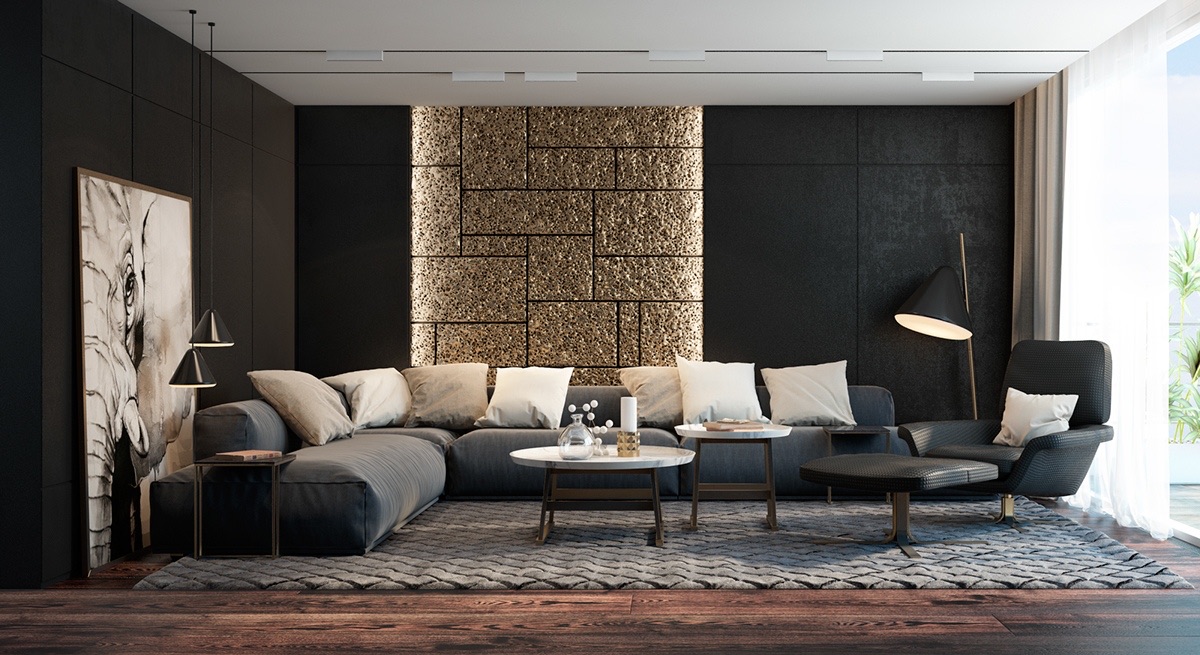
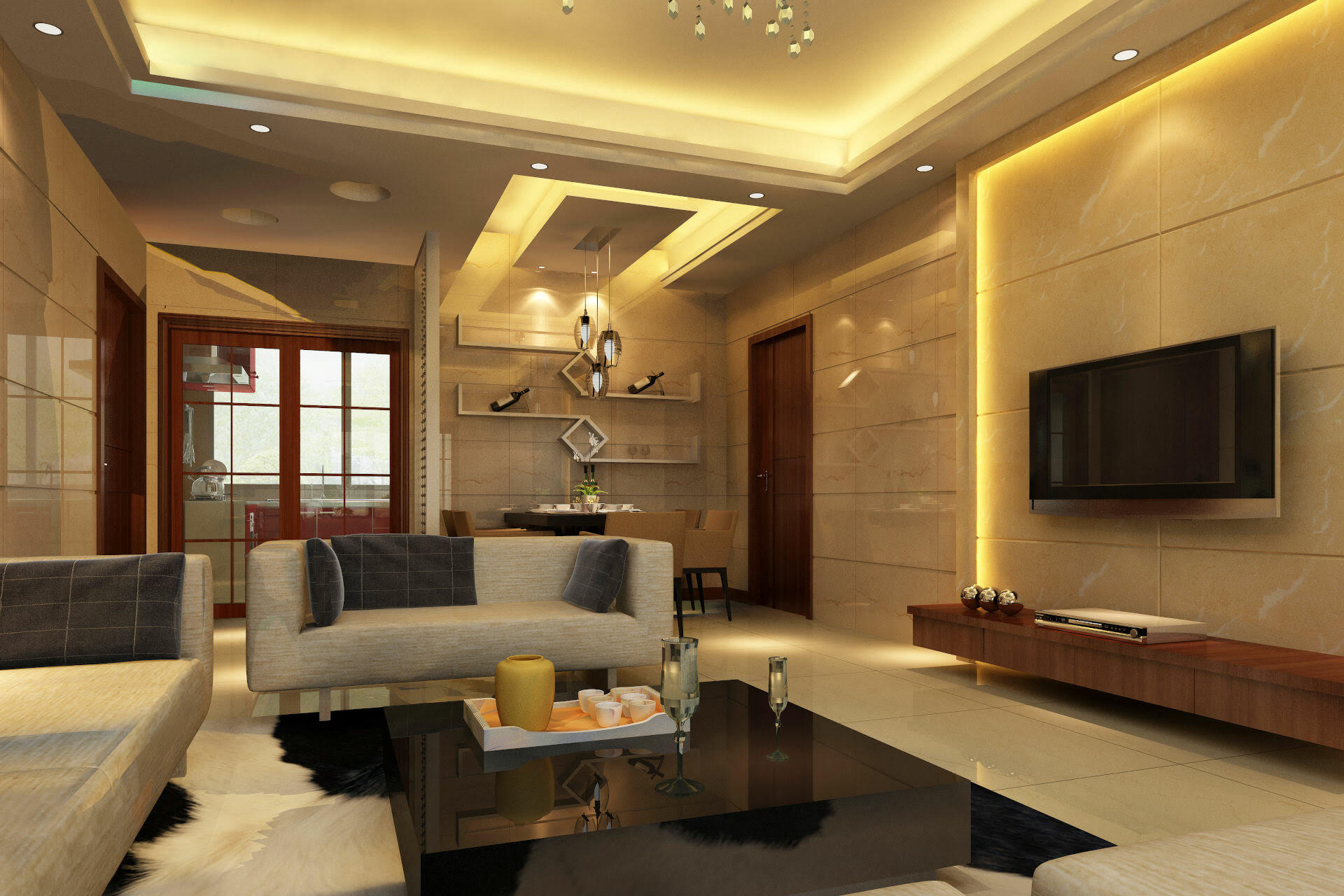
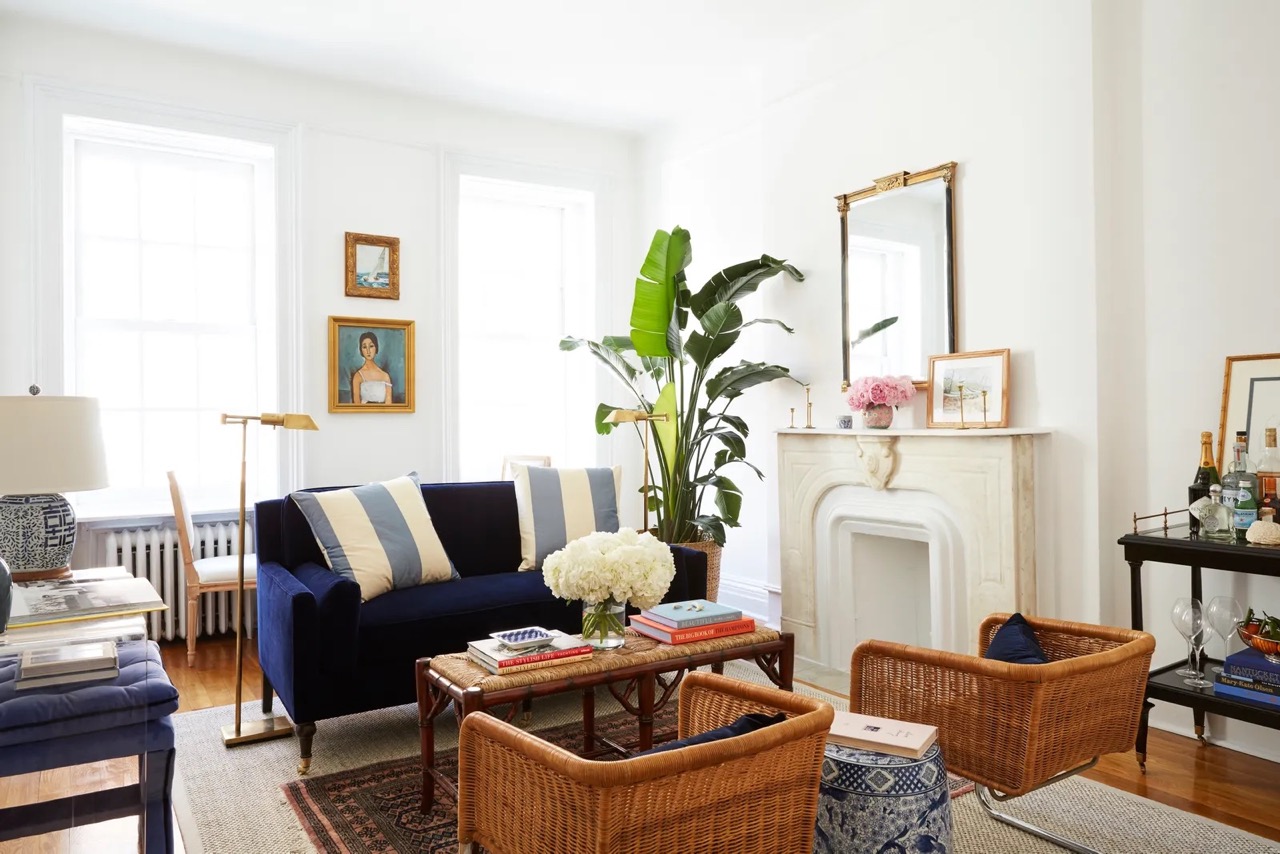
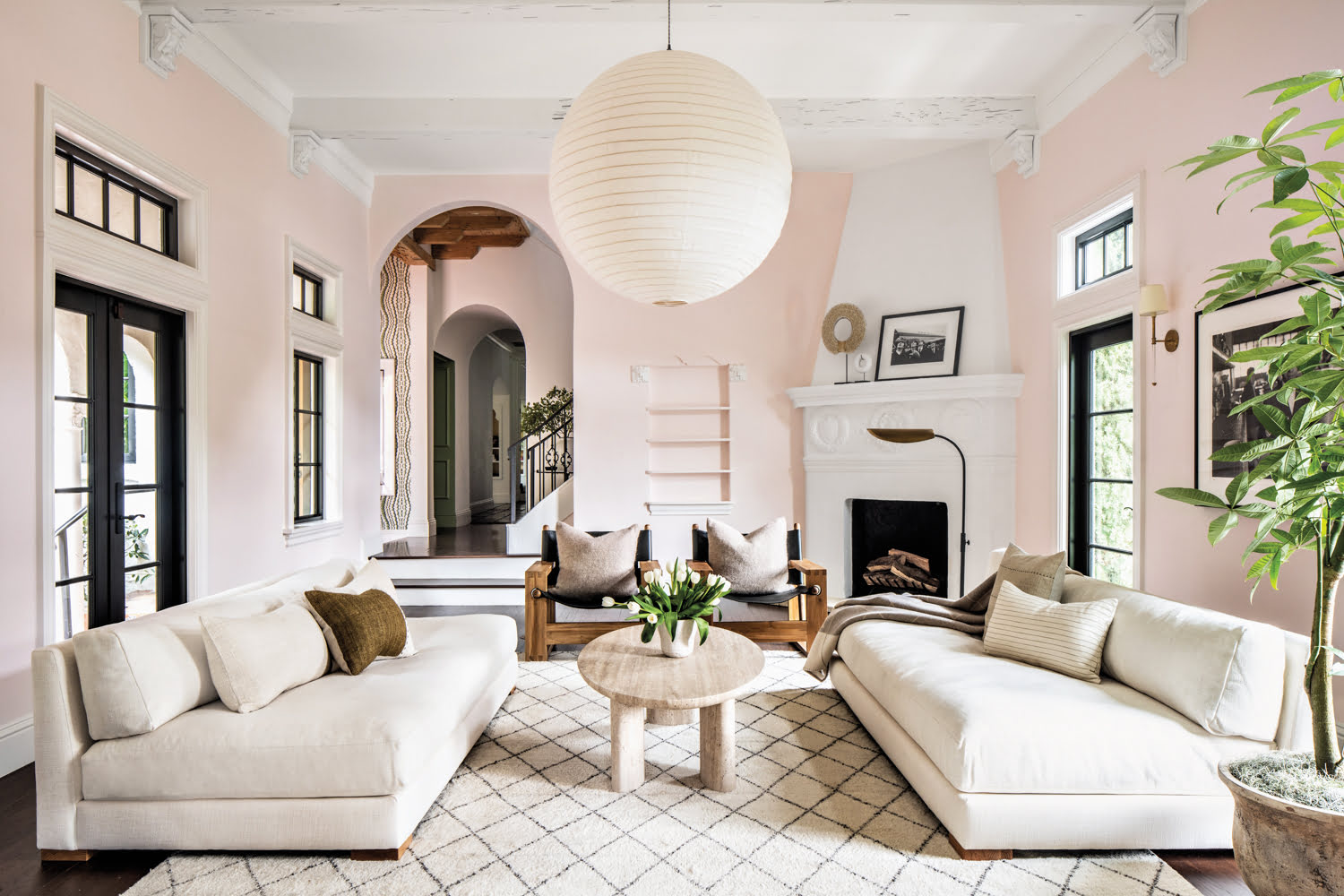
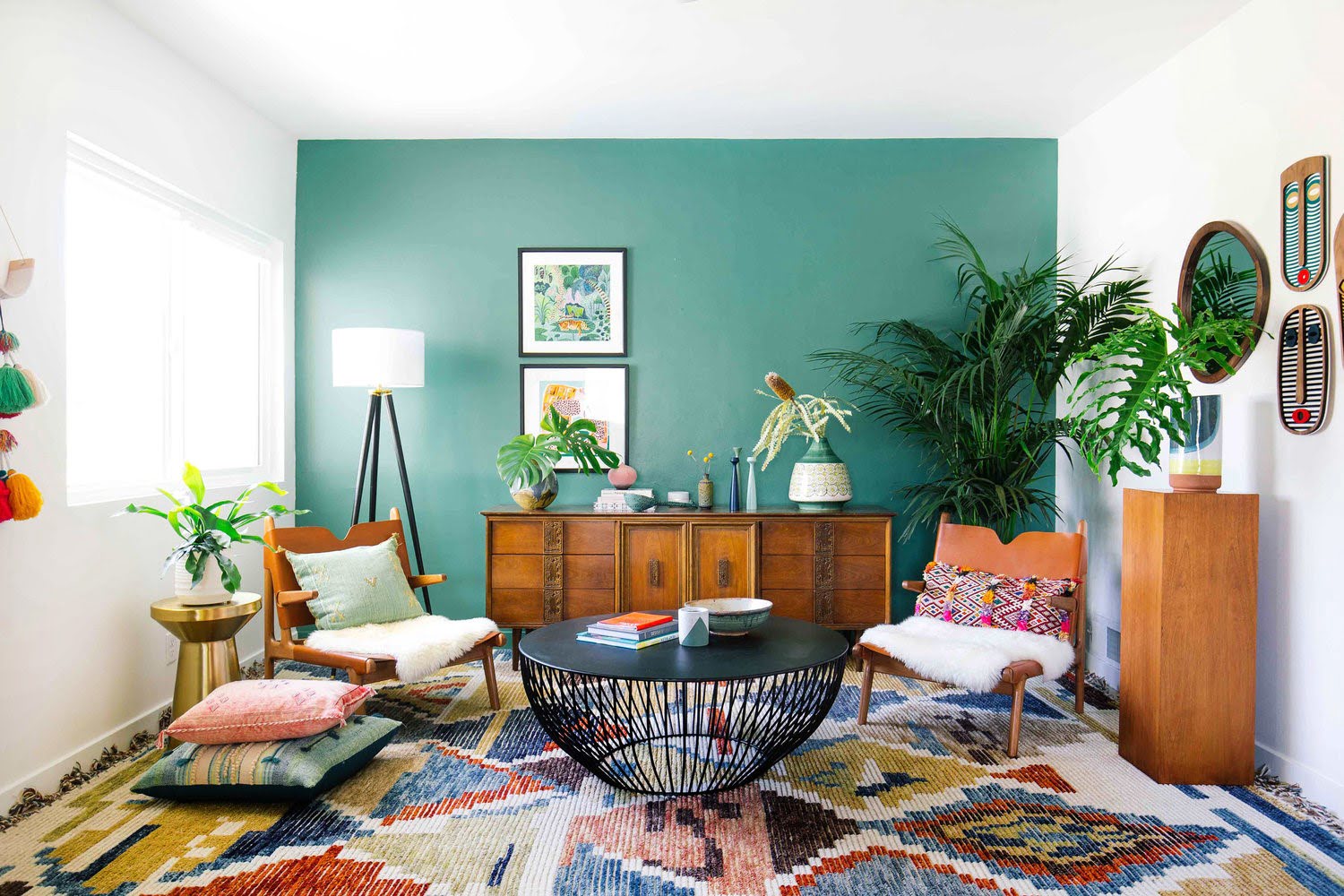
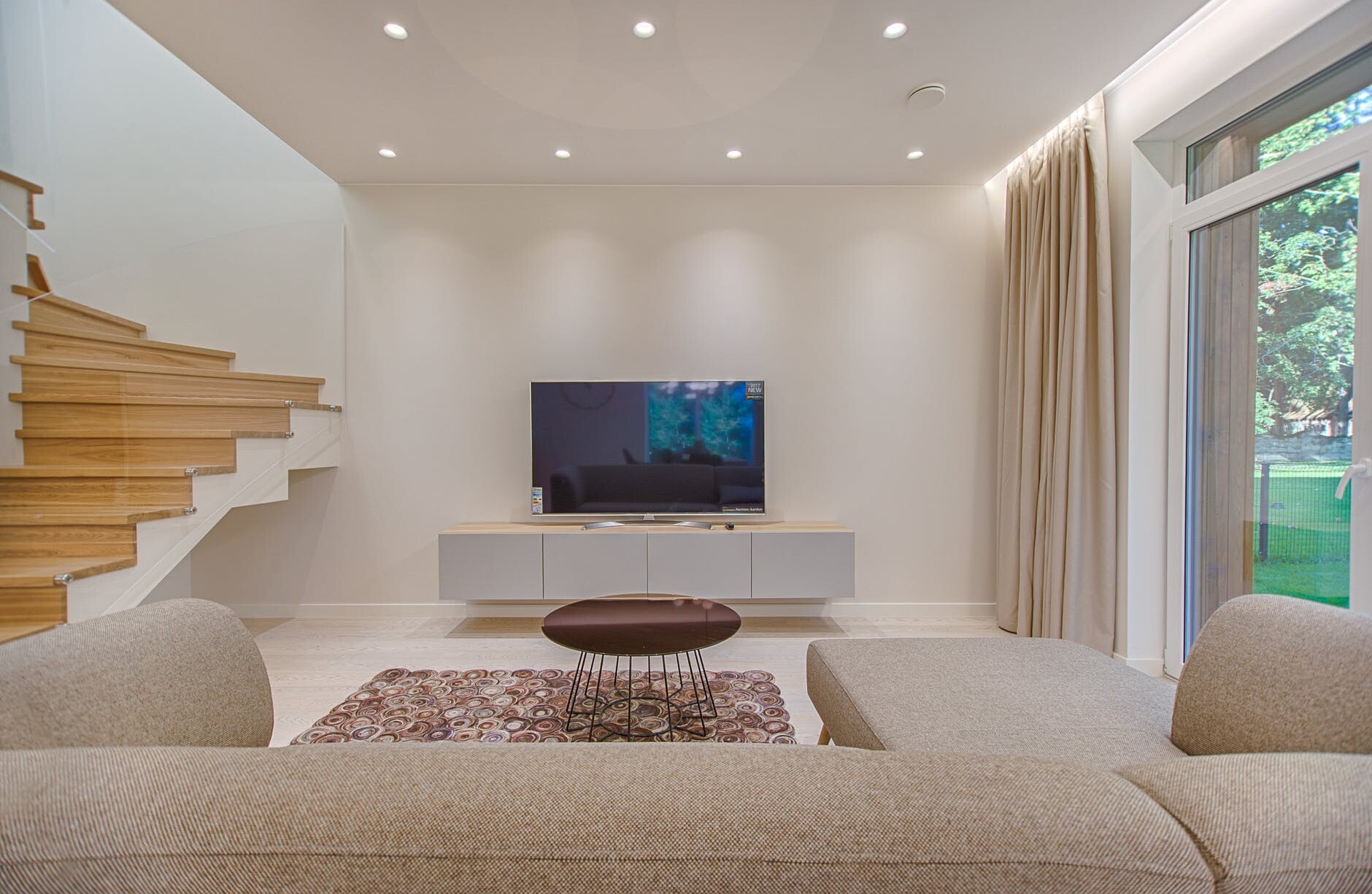
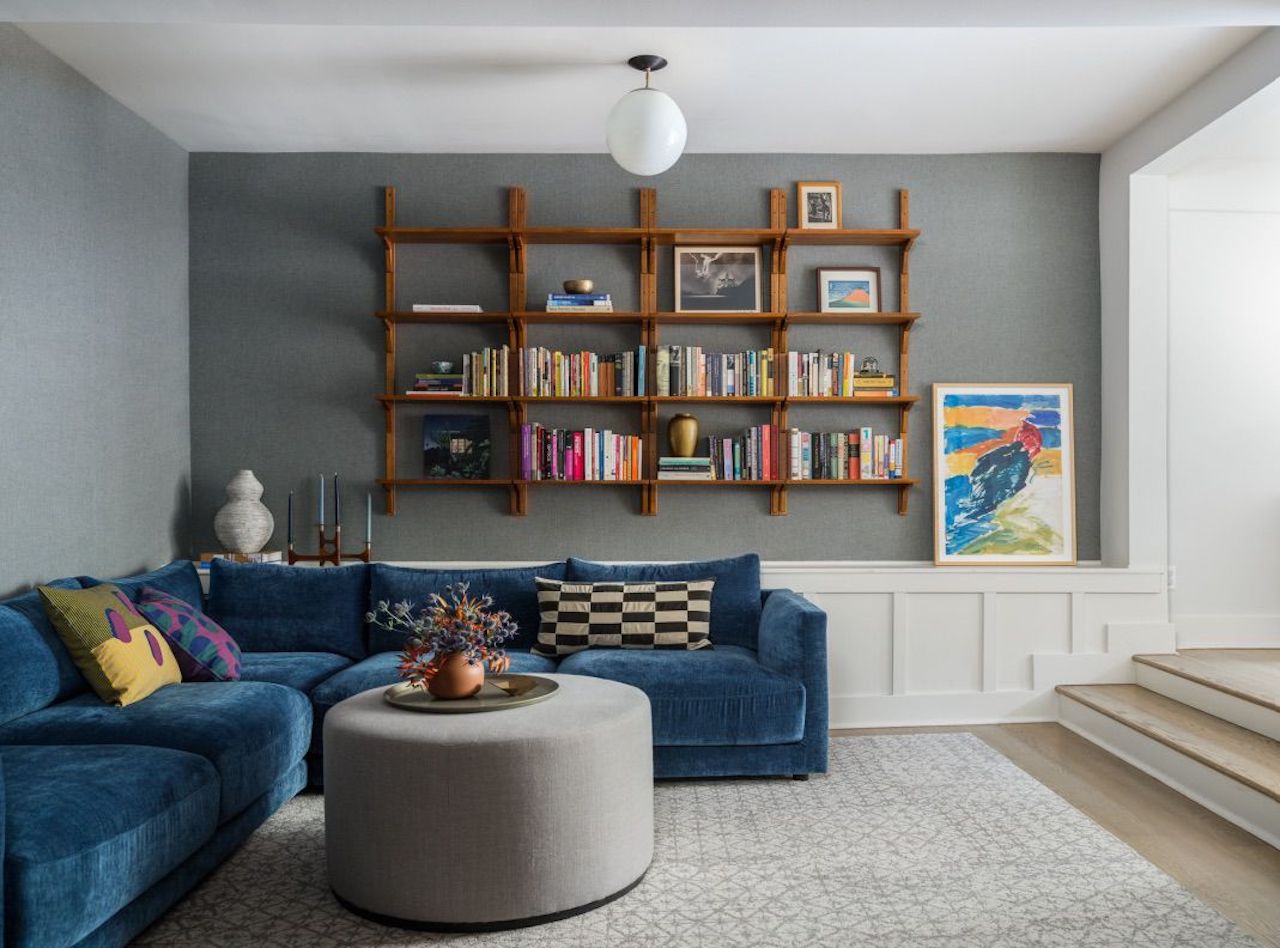
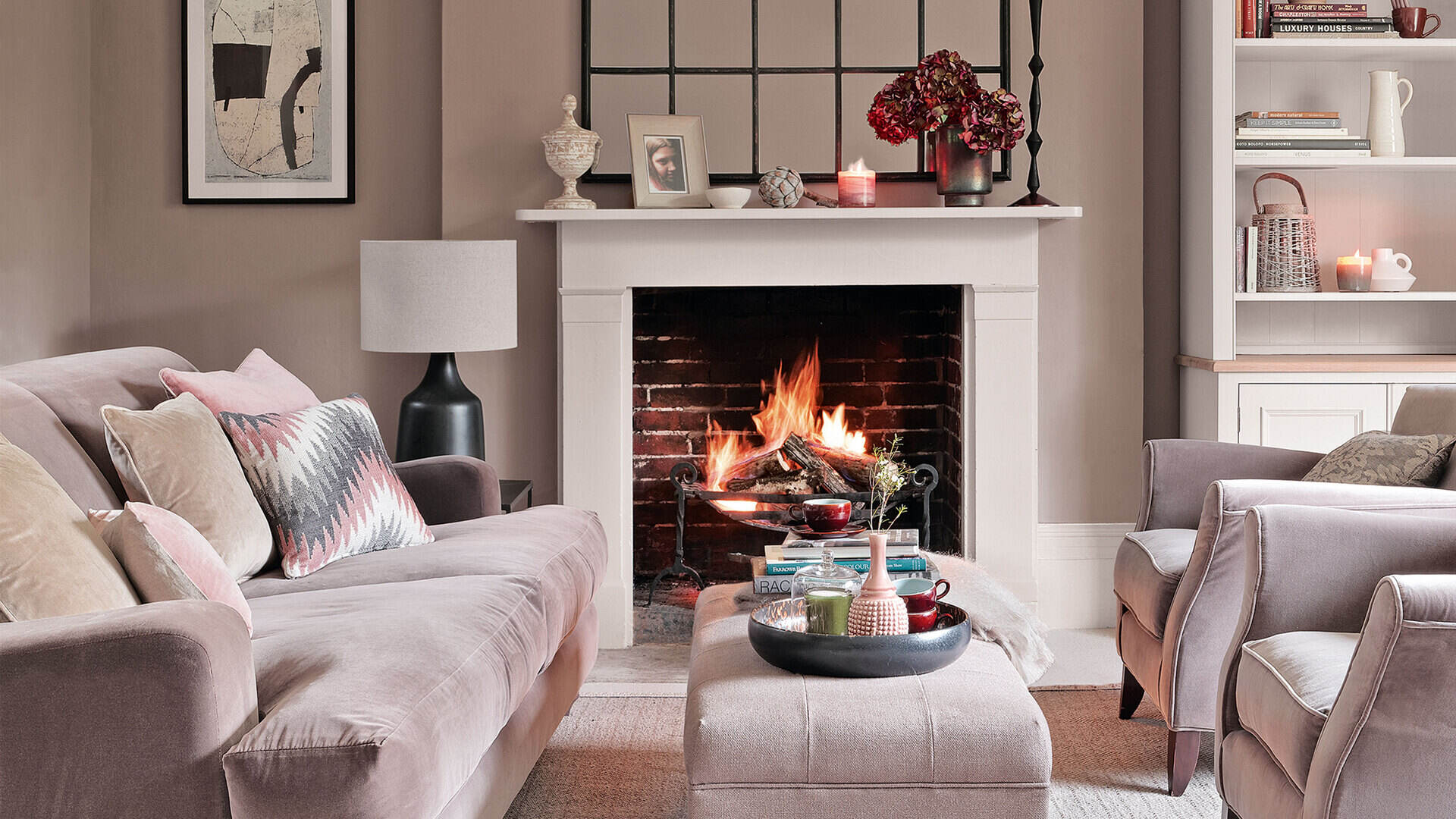
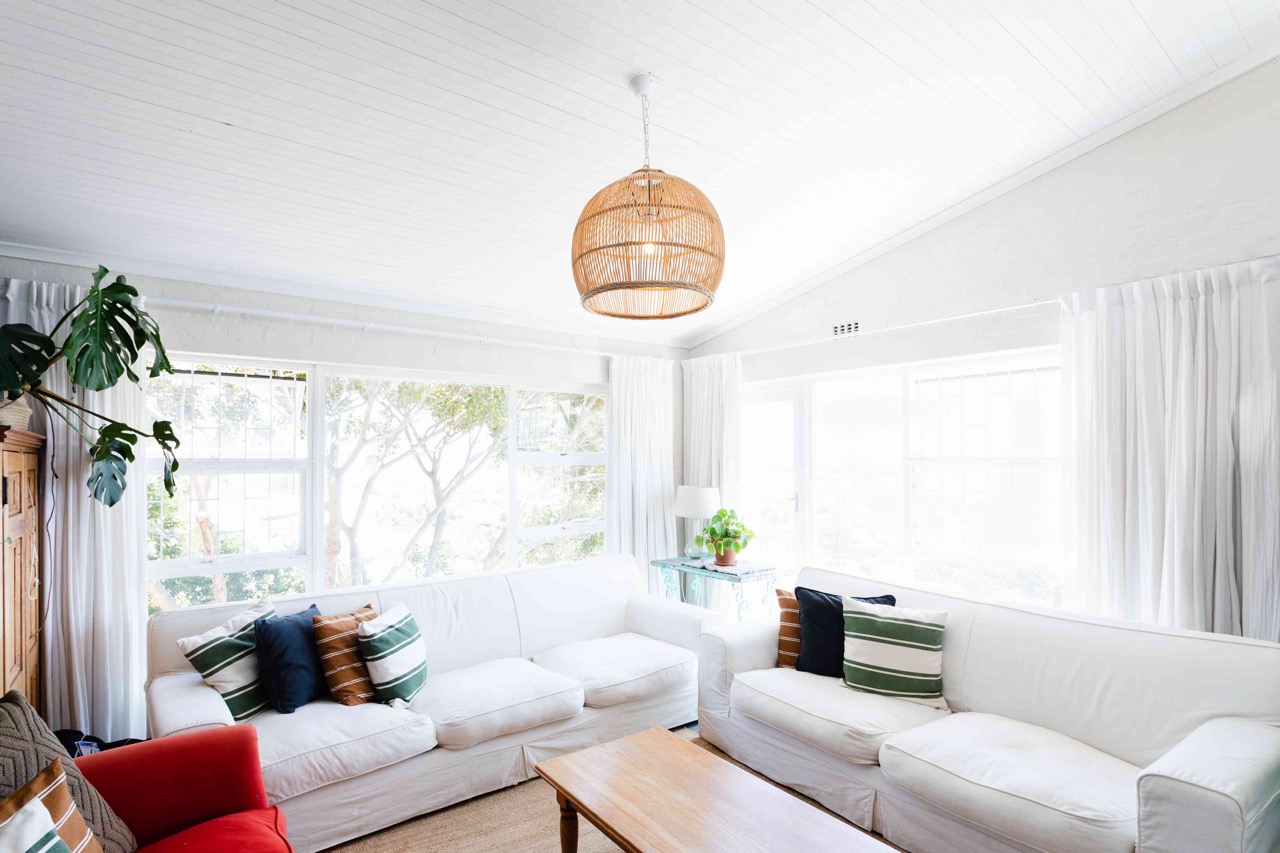

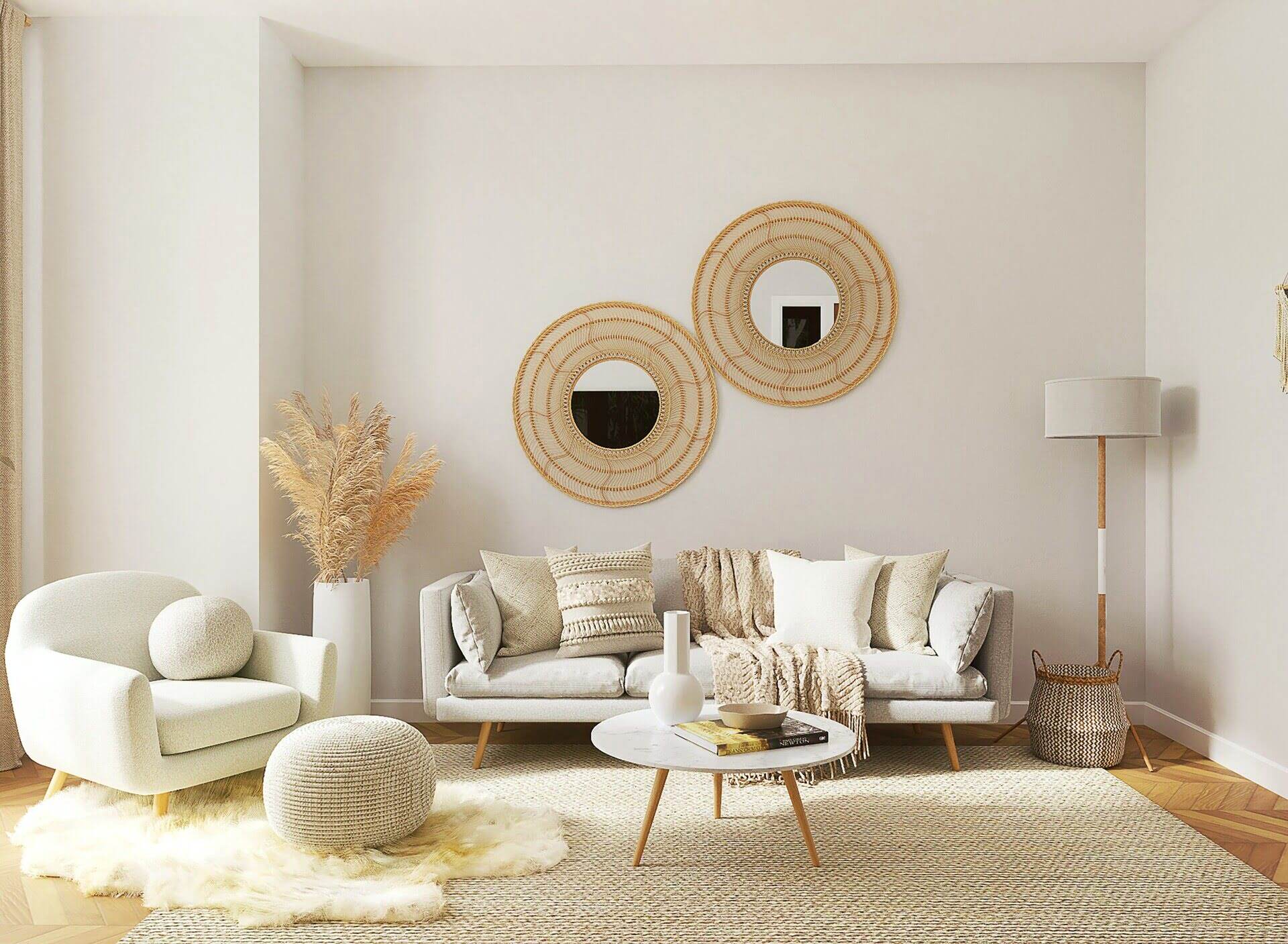

0 thoughts on “Living Room Light Ideas: 16 Design Rules For A Bright Lounge”